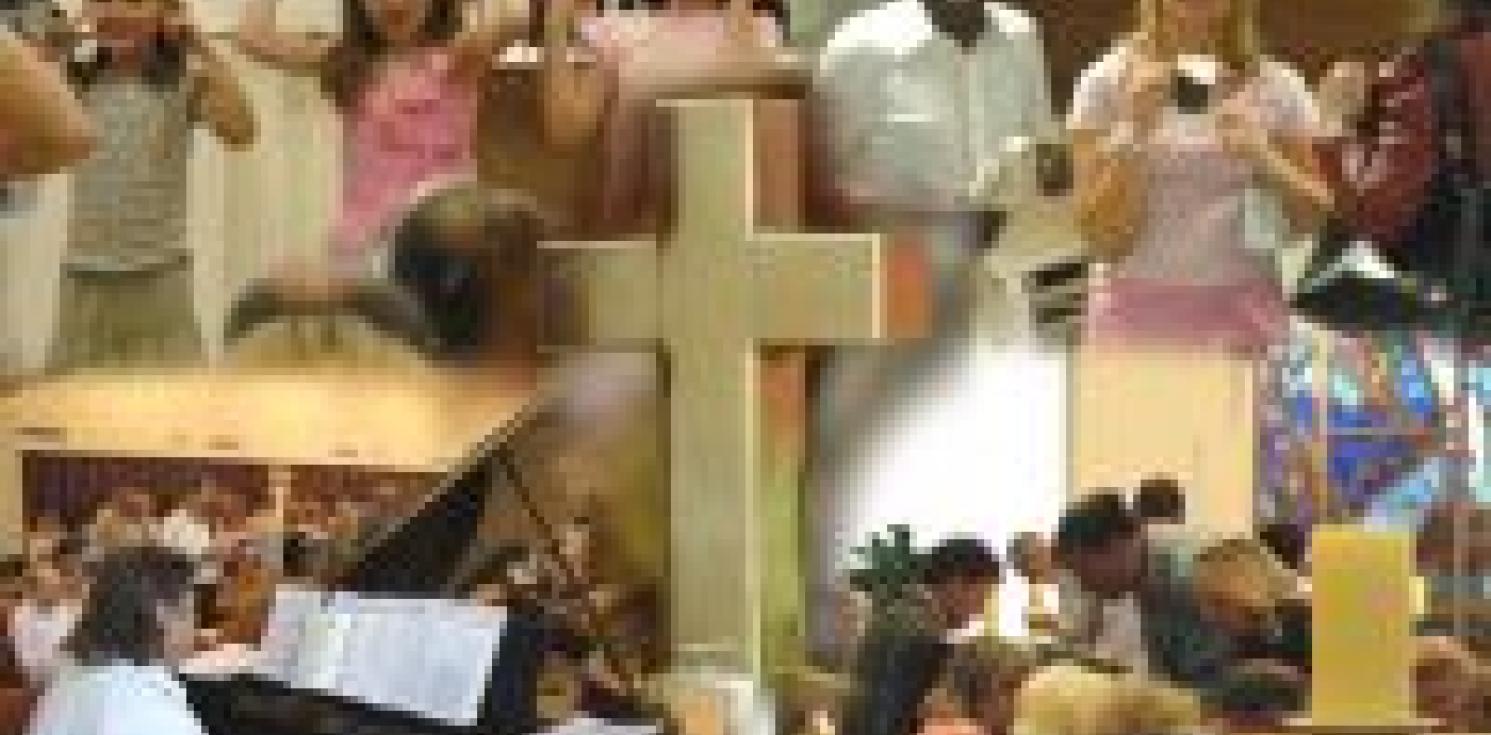
11.3 Children’s activities
Church groups that involve children need to ensure good practice standards across a wide range of areas, including: recruitment of group leaders; vetting checks; staffing ratios; suitability of premises; health and safety arrangements; and facilities for children with special needs.
As a guideline, it is recommended by the UK’s National Society for the Prevention of Cruelty to Children (NSPCC) that the minimum staffing levels for groups should be as follows:
0 - 2 years
1 adult to 3 children (1:3)
2 -3 years
1 adult to 4 children (1:4)
4 - 8 years
1 adult to 6 children (1:6)
9 - 12 years
1 adult to 8 children (1:8)
13- 18 years
1 adult to 10 children (1:10)
With consideration of the available resources in the chaplaincy, each group should have at least two workers, even for smaller groups, and if possible one male and one female. Staff ratios for all groups should be based on a risk assessment. For example, staffing numbers would need to be increased for outdoor activities and more so if that activity is considered higher risk, potentially dangerous or when children with disabilities or special needs are involved.
For all groups and activities:
- Undertake a health and safety risk assessment (see Model Activity Risk Assessment).
- A registration form must be completed for every child or young person who attends groups or activities, which should include up-to-date information on parents’ contact numbers, medical information (e.g. allergies) and any special needs (see Model Registration Form – Activities and Trips) (RB coming soon). The information in these forms should be reviewed annually or as and when it changes i.e. a child is diagnosed with a medical condition/ allergy etc. It will normally be completed by a parent.
- An attendance register must be kept and be available at all group meetings.
- A First Aid kit must be available on any premises that are used by children.
- An accident and incident logbook must be available, and all accidents recorded. The logbook should be stored in a secure place. Any significant incidents must be recorded (e.g. a fight between children).
- There should be access to a telephone, if possible.
- In premises where children’s groups meet, local child helpline telephone numbers should be displayed.
- Parents must sign a consent form before children are transported in a private car, and before any photography or images are taken (see Model Consent Form – Transport (RB coming soon) and Model Consent Form – Images).
In addition, when taking children offsite (activity that takes place away from church premises):
- The church leadership must be informed and agree to the activity.
- Details of the activity and any itinerary must be given in advance to parent/s and consent forms received in advance of the activity taking place.
- Details of the activity and a list of contacts must be left with someone in the church.
- Details of the activity and arrangements must be given to the local Safeguarding Officer and/or incumbent.
- A risk assessment must be undertaken, and confirmation obtained that the activity is covered by Chaplaincy Council insurance (where available).
- A leader must be designated to take responsibility for First Aid.
Many of these items are equally applicable to groups involving vulnerable adults.